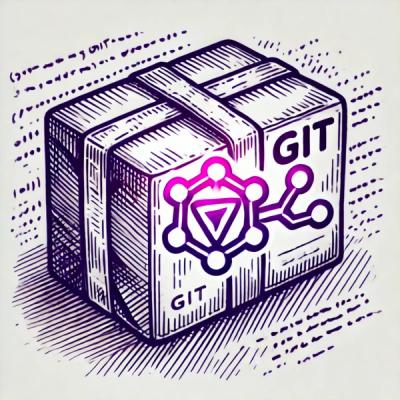go-restful
package for building REST-style Web Services using Google Go



REST asks developers to use HTTP methods explicitly and in a way that's consistent with the protocol definition. This basic REST design principle establishes a one-to-one mapping between create, read, update, and delete (CRUD) operations and HTTP methods. According to this mapping:
- GET = Retrieve a representation of a resource
- POST = Create if you are sending content to the server to create a subordinate of the specified resource collection, using some server-side algorithm.
- PUT = Create if you are sending the full content of the specified resource (URI).
- PUT = Update if you are updating the full content of the specified resource.
- DELETE = Delete if you are requesting the server to delete the resource
- PATCH = Update partial content of a resource
- OPTIONS = Get information about the communication options for the request URI
Usage
Without Go Modules
All versions up to v2.*.* (on the master) are not supporting Go modules.
import (
restful "github.com/emicklei/go-restful"
)
Using Go Modules
As of version v3.0.0 (on the v3 branch), this package supports Go modules.
import (
restful "github.com/emicklei/go-restful/v3"
)
Example
ws := new(restful.WebService)
ws.
Path("/users").
Consumes(restful.MIME_XML, restful.MIME_JSON).
Produces(restful.MIME_JSON, restful.MIME_XML)
ws.Route(ws.GET("/{user-id}").To(u.findUser).
Doc("get a user").
Param(ws.PathParameter("user-id", "identifier of the user").DataType("string")).
Writes(User{}))
...
func (u UserResource) findUser(request *restful.Request, response *restful.Response) {
id := request.PathParameter("user-id")
...
}
Full API of a UserResource
Features
- Routes for request → function mapping with path parameter (e.g. {id} but also prefix_{var} and {var}_suffix) support
- Configurable router:
- (default) Fast routing algorithm that allows static elements, google custom method, regular expressions and dynamic parameters in the URL path (e.g. /resource/name:customVerb, /meetings/{id} or /static/{subpath:*})
- Routing algorithm after JSR311 that is implemented using (but does not accept) regular expressions
- Request API for reading structs from JSON/XML and accessing parameters (path,query,header)
- Response API for writing structs to JSON/XML and setting headers
- Customizable encoding using EntityReaderWriter registration
- Filters for intercepting the request → response flow on Service or Route level
- Request-scoped variables using attributes
- Containers for WebServices on different HTTP endpoints
- Content encoding (gzip,deflate) of request and response payloads
- Automatic responses on OPTIONS (using a filter)
- Automatic CORS request handling (using a filter)
- API declaration for Swagger UI (go-restful-openapi)
- Panic recovery to produce HTTP 500, customizable using RecoverHandler(...)
- Route errors produce HTTP 404/405/406/415 errors, customizable using ServiceErrorHandler(...)
- Configurable (trace) logging
- Customizable gzip/deflate readers and writers using CompressorProvider registration
- Inject your own http.Handler using the
HttpMiddlewareHandlerToFilter function
How to customize
There are several hooks to customize the behavior of the go-restful package.
- Router algorithm
- Panic recovery
- JSON decoder
- Trace logging
- Compression
- Encoders for other serializers
- Use the package variable
TrimRightSlashEnabled (default true) to control the behavior of matching routes that end with a slash /
Resources
Type git shortlog -s for a full list of contributors.
© 2012 - 2023, http://ernestmicklei.com. MIT License. Contributions are welcome.



